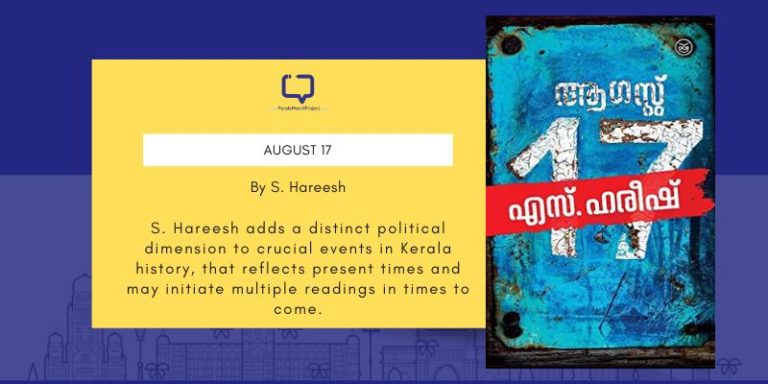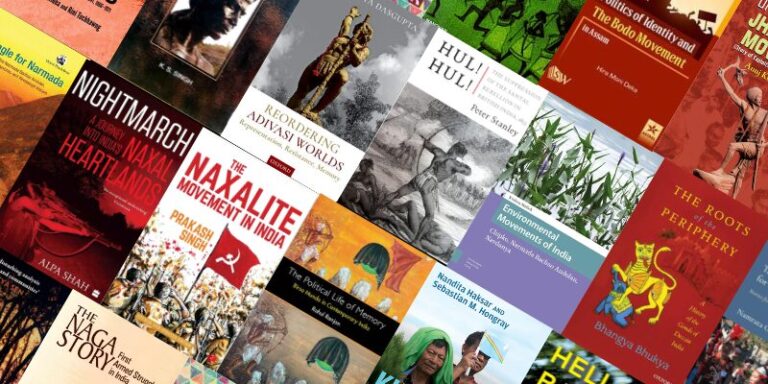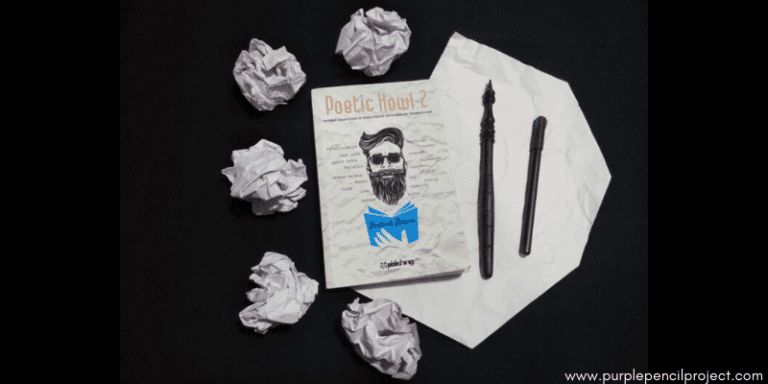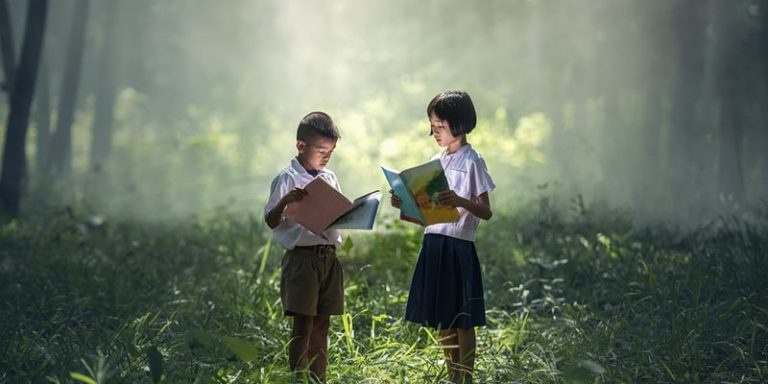Written By Nandini Nayar, Illustrated by Upamanyu Bhattacharyya
Right from the time of birth, the life of a child situates around the two most important people – Mama and Papa. Sometimes, it is Mama who does things for the child and sometimes it is Papa who does everything possible under the sun to see the child smile. However, in Nandini Nayar’s Sometimes Mama, Sometimes Papa (Puffin, 2021), there is a small difference, which is that the parents do not live together anymore. The new picture book, with beautiful illustrations, shows the perspective of a child after her parents are separated. Now, the child has two homes, and two schedules.
We encourage you to buy books from a local bookstore. If that is not possible, please use the links on the page and support us. Thank you.
Divorce from a Child’s Perspective
Introducing the topic of divorce in a children’s book is a tough task. What is brilliant about the author, though, is the manner in which she has dealt with the topic. In the picture book, the reader doesn’t encounter even for once the dreaded word ‘divorce’. Hence, we know that Nandini Nayar has dealt with the separation very delicately.
An interesting aspect of the perspective of divorce is that the child when stating that her parents aren’t together, doesn’t seem totally depressed by the fact. She has, in fact, adapted to her new dual lifestyle in a very good way. In doing so, Nandini Nayar has given an original take on the idea of divorce. It is not always necessary that the divorce has to be something traumatic for the child, and it’s a helpful reminder that children will internalize everything we teach them – it is often our own awkwardness that rubs off on them.
Keya talks optimistically about having two homes. She says that in every sphere of life, be it in reading stories, giving her lunch, or going to her parent-teacher meetings, it is “sometimes mama, sometimes papa”. The parents show a degree of cordiality with each other when they meet at Keya’s annual function or when Keya is hurt in school. In spite of their separation, it is crucial to observe that the parents divide all tasks relating to their child equally amongst themselves. So, if “Mama drove them home”, “Papa held Keya on his lap”.

About the visuals of Sometimes Mama, Sometimes Papa
As a picture book, a big chunk of the story is made by its illustrations, which are pleasing, watercolour sketches that capture the mood deftly, without unnecessary embellishments and minimal background clutter. The colour scheme, a range of pastels, moves from cool, to hot, to warm. It establishes a unity, like a story, appearing as one even when representing twos.
Best Quotes
“And Keya’s smile was big enough for both of them – her mama and her papa.”
Conclusion
Sometimes Mama, Sometimes Papa presents a beautiful and optimistic view of separation. It shows how a divorce can be an affair without trauma or unhappiness and comes as a breath of fresh air in a culture that treats separation as a scandal and taboo. It does without ignoring the reality of the society we live in, and that is its winning moment. Nayar enters the mind of a child and beautifully captures her moments of doubt, confusion, and immense love for her parents.




















